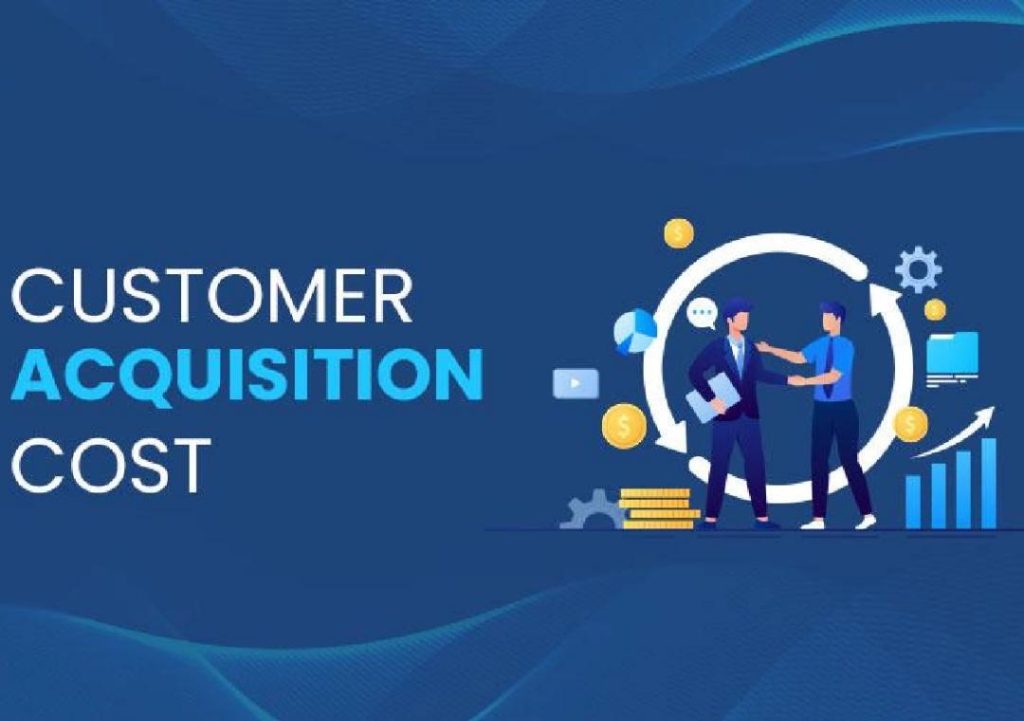
How do digital ventures reduce customer acquisition costs?
In today’s digital landscape, the art of customer acquisition has become a crucial aspect of business success. As the competition intensifies, companies are constantly seeking ways to optimize their customer acquisition strategies to stay ahead of the curve. One of the most significant challenges businesses face is reducing customer acquisition costs (CAC) while maintaining a high conversion rate. This is where digital ventures come into play. By designing digital ventures that cater to precise targeting, optimizing ad-to-conversion paths, and testing messaging variants, businesses can refine every touchpoint online, ultimately lowering CAC while improving conversion quality and long-term value.
The Importance of Customer Acquisition Costs
Before we dive into the strategies, it’s essential to understand the significance of customer acquisition costs. CAC is a vital metric that measures the cost incurred by a company to acquire a new customer. It’s a crucial indicator of a company’s ability to generate revenue and growth. High CAC can lead to:
- Decreased profitability: When CAC exceeds the customer lifetime value (CLV), it can negatively impact a company’s bottom line.
- Reduced marketing budget: High CAC can force businesses to allocate a significant portion of their marketing budget to customer acquisition, leaving little room for other initiatives.
- Difficulty in scaling: Excessive CAC can hinder a company’s ability to scale, as it requires significant investments to acquire new customers.
Strategies for Reducing Customer Acquisition Costs
Now that we’ve established the importance of CAC, let’s explore the strategies that digital ventures can employ to reduce customer acquisition costs:
- Precise Targeting: Targeting the right audience is crucial in reducing CAC. By identifying and targeting high-value customers, businesses can increase the effectiveness of their marketing campaigns, reducing waste and improving conversion rates.
Digital ventures can use data analytics and machine learning algorithms to segment their audience, identifying patterns and behaviors that are indicative of high-value customers. This information can then be used to create targeted campaigns that resonate with the ideal customer.
- Optimizing Ad-to-Conversion Paths: The ad-to-conversion path is the journey a customer takes from clicking on an ad to making a purchase. Optimizing this path involves refining every touchpoint, from ad creatives to landing pages, to ensure a seamless user experience.
Digital ventures can use A/B testing and experimentation to identify the most effective ad creatives, landing pages, and messaging variants that drive conversions. By continuously refining the ad-to-conversion path, businesses can increase conversion rates and reduce CAC.
- Testing Messaging Variants: Messaging plays a critical role in customer acquisition. By testing different messaging variants, digital ventures can identify the most effective messaging strategies that resonate with their target audience.
This can be achieved through A/B testing, where different messaging variants are tested against each other to determine which one performs better. By refining messaging strategies, businesses can increase conversion rates and reduce CAC.
- Streamlining Funnel Optimization: The customer acquisition funnel is the process by which a customer moves from awareness to conversion. Streamlining this funnel involves removing friction points, reducing bounce rates, and improving the overall user experience.
Digital ventures can use data analytics and user feedback to identify areas of the funnel that require optimization. By streamlining the funnel, businesses can increase conversion rates and reduce CAC.
- Employee Advocacy: Employee advocacy involves leveraging employees as brand ambassadors to promote the company and its products or services. This can be an effective way to reduce CAC, as employees can share content and messaging with their personal networks, increasing reach and engagement.
Digital ventures can establish employee advocacy programs, providing employees with the necessary tools and training to promote the company and its products or services effectively.
The Role of Data Analytics
Data analytics plays a critical role in reducing customer acquisition costs. By analyzing customer behavior, preferences, and pain points, digital ventures can refine their customer acquisition strategies, identifying areas of improvement and optimizing performance.
Data analytics can be used to:
- Identify high-value customers and target them with personalized marketing campaigns
- Optimize ad creatives and messaging variants to improve conversion rates
- Streamline the customer acquisition funnel by identifying friction points and areas of improvement
- Measure the effectiveness of employee advocacy programs and optimize performance
Conclusion
Reducing customer acquisition costs is a critical aspect of digital venture success. By designing lean funnels that attract relevant users efficiently, businesses can lower CAC while improving conversion quality and long-term value. This involves precise targeting, optimizing ad-to-conversion paths, testing messaging variants, streamlining funnel optimization, and leveraging employee advocacy. By implementing these strategies and leveraging data analytics, digital ventures can achieve optimal customer acquisition performance, driving growth and profitability.
Source
https://www.growthjockey.com/blogs/how-to-design-digital-ventures-for-cac-efficiency






